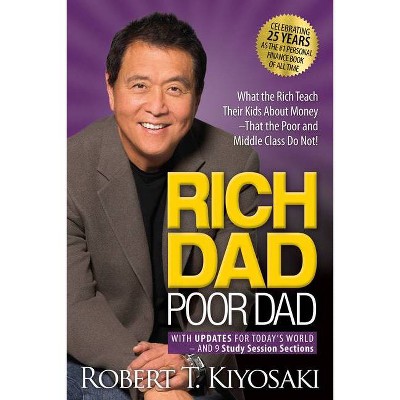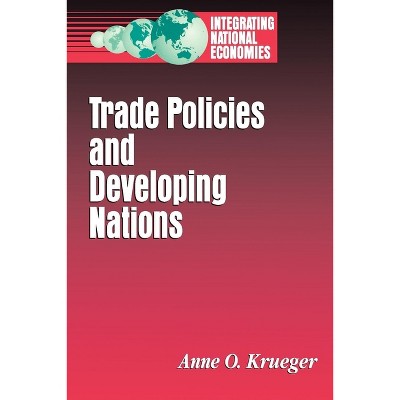How China Opened Its Door - (Integrating National Economies: Promise & Pitfalls) by Susan L Shirk (Paperback)

About this item
Highlights
- "China's transformation from a virtually closed economy to a major trading nation is an incredible success story.
- About the Author: "Susan L. Shirk is director of the University of California Institute on Global Conflict and Cooperation.
- 148 Pages
- Business + Money Management, Development
- Series Name: Integrating National Economies: Promise & Pitfalls
Description
About the Book
"China's transformation from a virtually closed economy to a major trading nation is an incredible success story. Since 1979 the country has changed it's policies to promote increased foreign trade and investment, thereby attracting more direct investment t...
Book Synopsis
"China's transformation from a virtually closed economy to a major trading nation is an incredible success story. Since 1979 the country has changed it's policies to promote increased foreign trade and investment, thereby attracting more direct investment to China than to any other developing country in recent years. What brought about this change? How, after thirty years of being walled off form the world economy, did China open its door?
This book part of the Integrating National Economies series, tells the story of how China ended it long-held policies of economic isolationism and rejoined the world economy in the decade and a half between 1979 and 1994. It shows how China's transformation into a world trading power was achieved remarkably without any major alteration in the country's communist political system. Susan L. Shirk describes the reform strategy and explains why such a turn-around was possible in China but not in the Soviet Union.
Shirk's analysis details the political logic behind the economic reform, illustrating how China's leaders were able to win support for reform politics among Communist Party and government officials. Despite strong vested interest in the status quo, the communist government successfully adopted reforms through gradualism, administrative decentralization, and ad hoc particularistic negotiating with individual subordinates. Shirk explains these distinctive features of China's path to reform.
China has achieved shallow integration with great success. Whether deeper integration with the world economy will automatically follow remains unclear. Shirk concludes that China will not be able to achieve reform in the areas of deep integration--intellectual property rights, environmental protection, and labor treatment--in the same way it achieved shallow integration. She argues that imposing international standards will require rapid enforcement, central regulation, and uniform rules. If China can meet these challe"
From the Back Cover
China's transformation from a virtually closed economy to a major trading nation is an incredible success story. Since 1979 the country has changed its policies to promote increased foreign trade and investment, thereby attracting more direct investment to China than to any other developing country in recent years. What brought about this change? How, after thirty years of being walled off from the world economy, did China open its door? This book, part of the Brookings Integrating National Economies series, tells the story of how China ended its long-held policies of economic isolationism and rejoined the world economy in the decade and a half between 1979 and 1994. It shows how China's transformation into a world trading power was achieved remarkably without any major alteration in the country's communist political system. Susan L. Shirk describes the reform strategy and explains why such a turnaround was possible in China but not in the Soviet Union. Shirk's analysis details the political logic behind the economic reform, illustrating how China's leaders were able to win support for reform policies among Communist Party and government officials. Despite strong vested interests in the status quo, the communist government successfully adopted reforms through gradualism, administrative decentralization, and ad hoc, particularistic negotiating with individual subordinates. Shirk explains these distinctive features of China's path to reform. China has achieved shallow integration with great success. Whether deeper integration with the world economy will automatically follow remains unclear. Shirk concludes that China will not be able to achieve reform in the areas of deep integration -intellectual property rights, environmental protection, and labor treatment - in the same way it achieved shallow integration. She argues that imposing international standards will require rapid enforcement, central regulation, and uniform rules. If China can meet these challenges, only then will the country successfully move toward greater openness and deeper international integration.About the Author
"Susan L. Shirk is director of the University of California Institute on Global Conflict and Cooperation."Shipping details
Return details
Trending Business & Law Books











